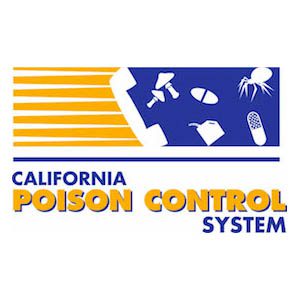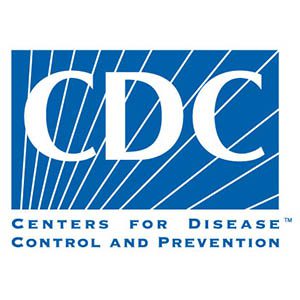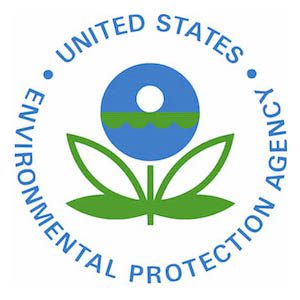Childhood Lead Poisoning Prevention
Mission
The mission of the Childhood Lead Poisoning Prevention Branch is to eliminate childhood lead poisoning by identifying and caring for children who have been exposed to lead and preventing additional environmental exposures to lead.
General Information
Lead poisoning is 100% preventable. Our goals in the Tehama County Childhood Lead Poisoning Prevention Program are:
Lead is a toxic metal that has been used in many products over time. Even in small amounts, lead can have harmful effects on the body which may lead to lifelong learning, behavioral, reproductive, cardiovascular, and other health issues. While many leaded products have been phased out, lead may still be found in and around older homes and buildings, in certain occupations and hobbies, and some consumer products, remedies, and foods. Lead poisoning is one of the most common environmental illnesses in California but is completely preventable.
Childhood Lead Poisoning Prevention
Here in Tehama County, there are many lead hazards to be aware of. We have many older homes in our county, including our beautiful Victorians, and with that comes the possibility of lead exposure. Most homes built prior to 1978 have lead paint present, and if children come into contact with paint chips, or leaded paint dust they can be in danger of poisoning. Painted surfaces can be tested for lead using a swab test that can be found at hardware stores or online.
Hunting and fishing are of particular concern, with the use of lead ammunition, fishing weights, and sinkers. Children should not handle lead fishing sinkers or put them into their mouths. Hunters should note that as of July 1, 2019, a full lead ammunition ban went into effect for all hunting on public or private land. For more information you can read AB-711 here.
Lead in imported items, such as toys, candies, homeopathic remedies, and spices is another poisoning risk. Candies from Mexico, China, India and other countries have tested high for lead and other toxic heavy metals. The same is true for brightly colored imported spices. Toys, jewelry and furniture from countries with less strict lead standards can make their way into our households and become a threat as well.
The only way to know if a child has been exposed to lead is through a blood test. It is recommended that children have their blood tested for lead at 12 months and 24 months, or at any point at which lead exposure is suspected. Talk to your doctor for more advice and information on lead testing.





